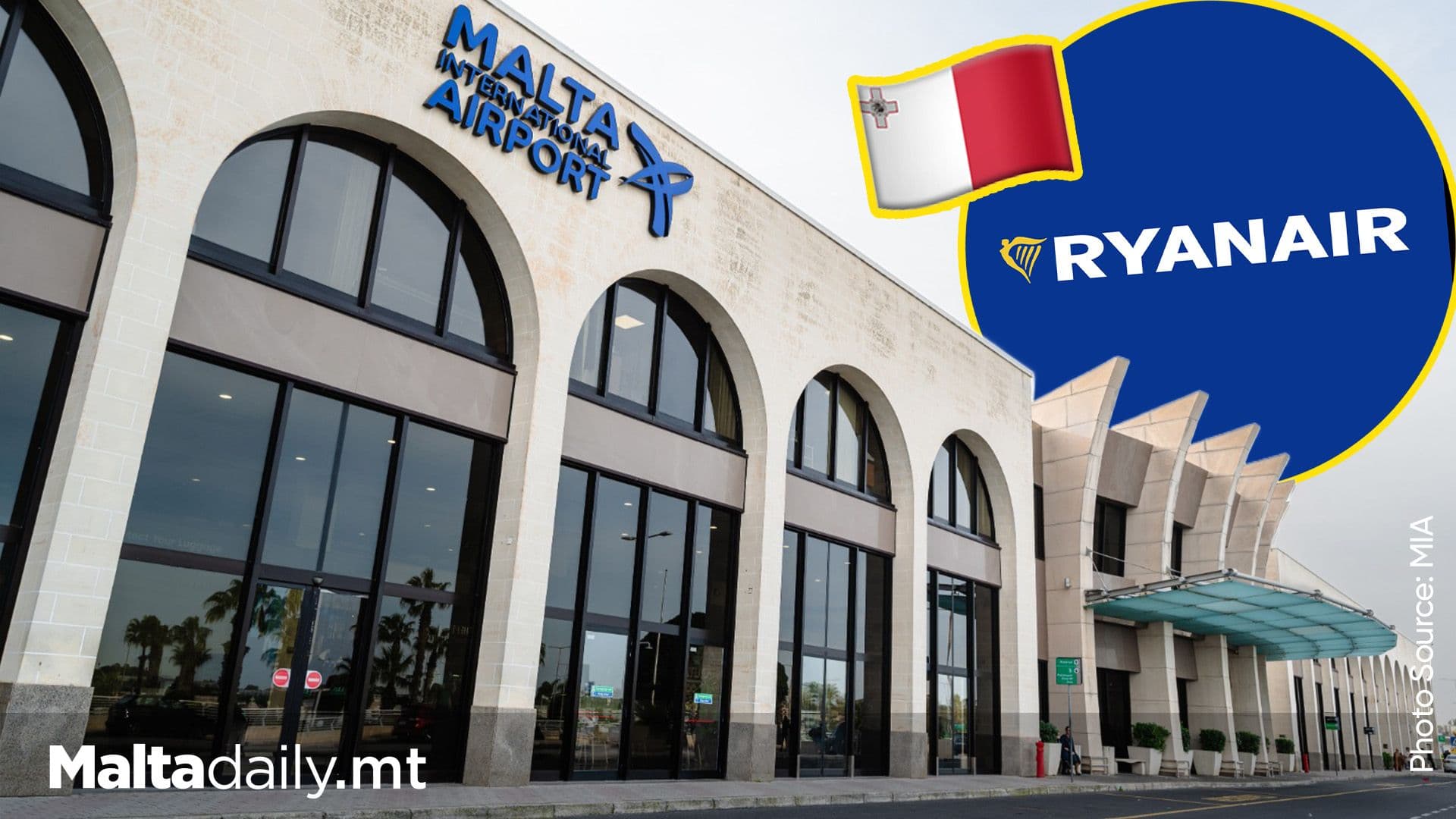Ryanair Rules The Skies: Nearly Half Of Malta’s Flights In 2024!

In an unprecedented leap, Malta’s air travel soared to new heights in 2024, with a staggering 55,850 scheduled flights connecting the island to 109 airports across 35 countries. This remarkable expansion signifies a robust recovery and growth in Malta’s aviation sector.
Leading the charge, Ryanair dominated the skies, operating 47.1% of all flights. Close behind, KM Malta Airlines secured a 23.4% share, ensuring that nearly 70% of Malta’s air traffic was managed by these two giants. This duopoly underscores their pivotal role in enhancing Malta’s global connectivity.
The summer months witnessed an aviation boom, with almost half of the year’s flights occurring between May and September. August peaked with 5,796 flights, highlighting Malta’s allure as a prime summer destination.
However, this surge in air travel comes with environmental considerations. The scheduled flights in 2024 resulted in approximately 1.11 million metric tons of CO₂ emissions. With the European Union set to remove free Emissions Trading System (ETS) allowances by 2026, travellers might face an average ticket price increase of over €10 per flight. This move aims to promote sustainable aviation practices across Europe.
Looking ahead, 2025 promises even greater connectivity for Malta. Anticipated passenger movements are projected to reach 9.3 million. Exciting new routes are on the horizon, including flights to Helsinki, Santorini, Rimini, and Benghazi. Notably, Qatar Airways plans to reinstate its connection to Doha, a key hub for long-haul travel, further solidifying Malta’s position on the global aviation map.
As Malta’s skies become busier, balancing growth with environmental responsibility remains crucial. Policymakers and airlines are tasked with navigating this dynamic landscape, ensuring that Malta’s aviation sector continues to thrive sustainably.
#MaltaDaily


